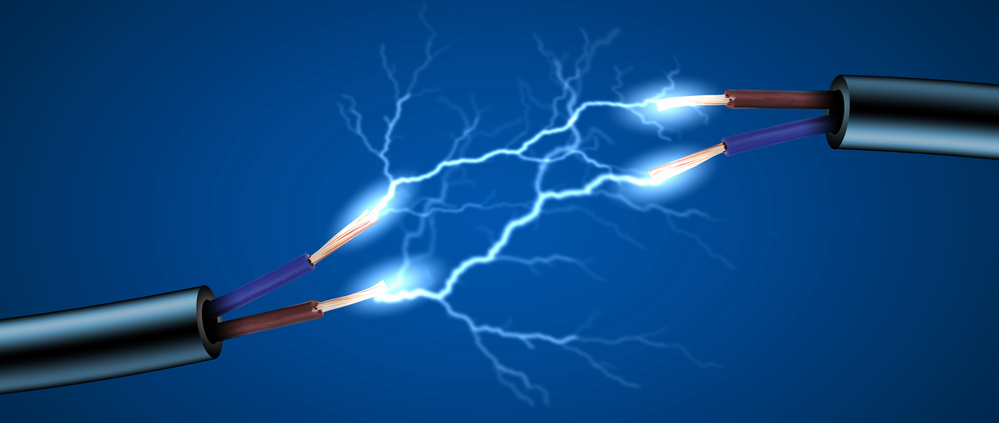Electricity is a fundamental force in nature that has captivated researchers and inventors for centuries. It is a ubiquitous part of our daily lives, providing power for modern technology and lighting our homes. However, not all forms of electricity are the same. In this article, we will discuss the definition of static electricity and explore the different types of electricity.
Static Electricity: An Overview
Static electricity refers to the imbalance of electric charges within or on the surface of a material. This charge imbalance typically results from the contact and separation of two materials, causing electrons to be exchanged between them. As a result, one material becomes positively charged due to the loss of electrons, while the other becomes negatively charged due to an excess of electrons. The accumulated charge remains until it finds a way to discharge, either through a conductive path or the air.
Types of Electricity
There are three primary types of electricity: static, current, and induced.
1. Static Electricity
As described earlier, static electricity is an imbalance of electric charges that remains stationary. A well-known example of static electricity is the shock experienced when touching a doorknob after walking across a carpeted floor. The friction generated between one’s shoes and the carpet causes the exchange of electrons and the build-up of static charges.
Static electricity can also be observed in nature, with lightning being the most dramatic example. In thunderstorms, the movement of air, water droplets, and ice particles creates friction within the storm clouds. This builds up enormous amounts of static electricity, discharging as lightning when the charged clouds find a path to the ground or neighboring clouds.
2. Current Electricity
Current electricity, also known as electric current or dynamic electricity, is the flow of electric charges through a conductor, such as a metal wire or a living organism. It involves the movement of electrons from an area of high concentration to an area of low concentration. Current electricity is the foundation of modern technology, powering electronic devices, appliances, and industrial machinery.
There are two main types of electric current: direct current (DC) and alternating current (AC). In direct current, electrons flow continuously in a single direction, like in batteries and solar cells. On the other hand, alternating current involves the movement of electrons back and forth in a circuit. The back-and-forth flow of electrons in AC allows for easier and more efficient transmission over long distances, making it the primary choice for power distribution in most countries.
3. Induced Electricity
Induced electricity is the generation of an electric current in a conductor due to its exposure to a changing magnetic field. This phenomenon occurs because of the principle of electromagnetic induction, which was first discovered by Michael Faraday in the 1830s. When a conductor, such as a metal coil, is placed in a magnetic field that varies over time (either by movement or change in intensity), electrons within the conductor are compelled to move, generating an electric current. This is also known as electromotive force or voltage.
A common example of induced electricity is the operation of generators in power plants. In this case, turbines driven by steam, water, or wind cause a coil or a magnet to rotate within a magnetic field, thereby inducing an electric current. Similarly, transformers operate on the principle of electromagnetic induction to transfer energy between two circuits at different voltage levels.
Summary
In summary, electricity exists in three primary forms: static, current, and induced. Each type has its unique properties, applications, and challenges. Understanding these different types of electricity is essential for researchers, engineers, and inventors who continue to improve and innovate a wide array of electrical devices and systems. With the growing demand for sustainable energy sources, cutting-edge technology, and electric transportation, the study of electricity remains of paramount




Leave a Reply
Want to join the discussion?Feel free to contribute!